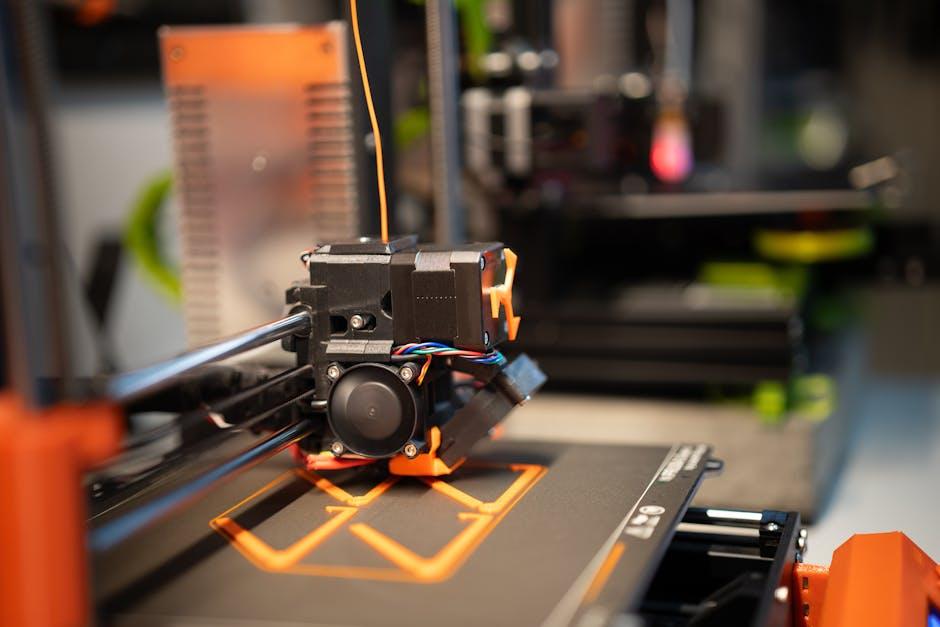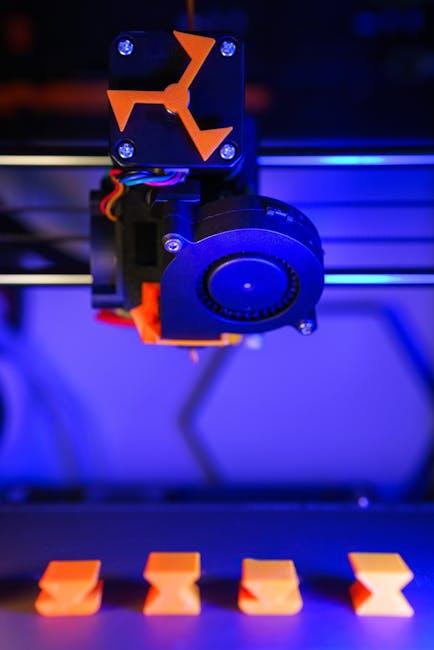
Dental 3D Printing Market to Surpass $10 Billion by 2030, Driven by Innovation and Demand
The dental industry is undergoing a revolutionary transformation thanks to 3D printing technologies. According to recent insights shared by openPR.com, the Dental 3D Printing Market is set to exceed $10 billion by 2030. This surge is primarily fueled by advancements in additive manufacturing, an increasing preference for customized dental treatments, and rising investments in digital dental solutions. Whether you are a dental professional, an investor, or a tech enthusiast, understanding this booming market will provide a clear outlook on the future of dentistry.
What Is Dental 3D Printing and Why Is It Important?
Dental 3D printing refers to the use of additive manufacturing technologies to create precise dental prosthetics, implants, orthodontic models, surgical guides, and more. Unlike traditional methods, 3D printing allows for faster turnaround times, better customization, and superior accuracy, fundamentally changing how dental labs and clinicians operate.
Key Applications of 3D Printing in Dentistry
- Custom dental implants and crowns
- Orthodontic aligners and retainers
- Surgical guides for implant placement
- Dental models for planning and training
- Partial and full dentures
Market Growth Drivers
Several factors contribute to the rapid expansion of the dental 3D printing market. Below we highlight the most influential:
1. Rising Demand for Customized Dental Solutions
Patients today demand personalized treatment options that offer higher comfort, aesthetics, and functionality. 3D printing delivers bespoke prosthetics tailored to individual anatomies, improving both fit and patient satisfaction.
2. Technological Advancements & Innovations
Continual improvements in printer resolutions, materials science, and software integration are enhancing the capabilities and affordability of dental 3D printing. Hybrid machines combining milling and printing capabilities are also gaining popularity.
3. Growth of Digital Dentistry
The integration of CAD/CAM systems and intraoral scanners enables seamless workflows from scanning to printing, making the process faster and more efficient for dental professionals.
4. Cost Efficiency and Productivity
3D printing reduces the need for manual labor and minimizes errors, leading to cost savings. Rapid prototyping speeds up treatment delivery and shortens patient wait times, which are significant competitive advantages.
5. Increasing Investments and Collaborations
Major dental companies and startups alike are investing heavily in R&D and partnerships, accelerating innovations and broader market adoption worldwide.
Market Forecast and Regional Insights
Experts project the dental 3D printing market to reach over $10 billion by 2030, growing at a compound annual growth rate (CAGR) exceeding 15%. Let’s look at the regional breakdown:
| Region | Market Growth Potential | Key Drivers |
|---|---|---|
| North America | High | Advanced healthcare infrastructure, early adoption of tech |
| Europe | Moderate to High | Strong regulatory environment, rising digital dentistry awareness |
| Asia Pacific | Very High | Emerging markets, growing dental clinics, cost-effective manufacturing |
| Latin America | Moderate | Increasing healthcare expenditure, growing urbanization |
| Middle East & Africa | Low to Moderate | Developing infrastructure, government initiatives |
Benefits of Dental 3D Printing for Patients and Professionals
Dental 3D printing offers numerous practical benefits, making it a true game-changer:
- Precision and Accuracy: Achieves micron-level detail, enhancing prosthetic fit and function.
- Speed: From digital impression to final product in hours versus weeks.
- Cost-Effectiveness: Lowers production costs, enabling affordable treatments.
- Customization: Tailors appliances for unique dental anatomies and needs.
- Reduced Waste: Additive manufacturing uses only essential material.
- Improved Patient Experience: Less invasive procedures and faster results.
Case Study: Revolutionizing Orthodontics with 3D Printing
A leading orthodontic clinic in the U.S. adopted dental 3D printing to manufacture custom clear aligners on-site. The results after 12 months of implementation included:
- 40% reduction in treatment turnaround time
- Significant cost savings by eliminating third-party lab fees
- Enhanced treatment precision leading to better patient outcomes
- Higher patient satisfaction rates due to rapid appliance delivery
Practical Tips for Dental Professionals Considering 3D Printing
Implementing 3D printing in your dental practice or lab can be seamless by following these tips:
- Start Small: Invest in entry-level printers designed for dental applications to test viability.
- Train Staff: Ensure your team is skilled in CAD software and printer operation.
- Choose Compatible Materials: Select biocompatible resins and materials approved for dental use.
- Integrate with Digital Workflows: Use intraoral scanners and CAD/CAM for streamlined processes.
- Stay Updated: Keep abreast of new materials, software updates, and industry standards.
- Quality Control: Regularly calibrate printers and validate the accuracy of printed appliances.
Conclusion
The dental 3D printing market is poised for unprecedented growth, expected to surpass $10 billion by 2030 as reported by openPR.com. Driven by technological innovation, rising demand for tailored dental solutions, and increasing adoption of digital workflows, 3D printing in dentistry is set to revolutionize patient care globally. For dental professionals and stakeholders, embracing this technology not only ensures staying competitive but also delivers better treatment outcomes—making it an investment worth considering. As the landscape evolves, staying informed and adaptable will be key to harnessing the full potential of dental 3D printing.
To learn more about the latest advances in the dental 3D printing market and how your dental practice can benefit, stay tuned for updates and expert insights on our blog.


